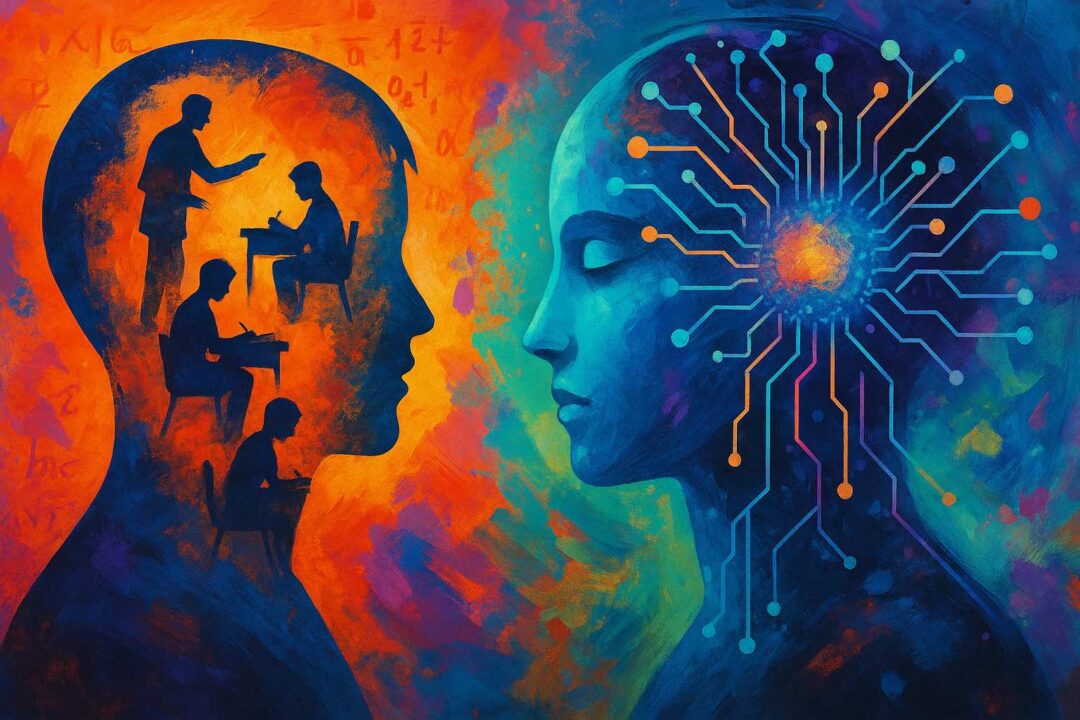Every era of technology has its buzzwords — little phrases that get repeated so often they begin to take on a life of their own. In the 90s, everything was “multimedia.” In the 2000s, it was “Web 2.0.” Then came “the cloud.” Now it’s “AI agents.”
Scroll through Twitter (fine, “X”) or LinkedIn for five minutes and you’ll see founders claiming their agents will replace whole job functions, startups pitching agents that run your business for you, and investors salivating over the “autonomous workforce” of the future. The dream is intoxicating: little digital colleagues that remember everything, act independently, and execute complex goals.
Sounds cool, right? Unfortunately, most of that is smoke and mirrors.
What AI Agents Really Are
An “agent” is not a fundamentally new kind of AI. It’s just an LLM with accessories.
The LLM is the brain — though calling it a “brain” is generous. It’s a text generator trained to predict the next word, not to think or reason. By itself, it can only talk.
To make an “agent,” developers wrap that LLM with:
- Tools (APIs, calculators, web browsers).
- Memory systems (logs or vector databases that store past interactions).
- Control loops (scripts that let it try something, fail, and try again).
And voilà: a chatbot that now looks like it’s “doing things.”
But don’t mistake activity for autonomy. There’s no selfhood here, no persistence of thought, no ability to learn on its own. It’s a puppet whose strings are still very visible if you know where to look.
The Illusion of Memory
One of the easiest ways to expose the fragility of agents is to ask about memory.
LLMs don’t have any. They only “remember” what’s inside the context window — basically the running conversation. Once that fills up, everything before it is forgotten.
To fake memory, agents lean on external storage. They log your chats, embed them into a vector space, and retrieve relevant snippets later. It’s clever, but brittle. They misremember, confuse contexts, or hallucinate memories that never existed.
Compare this to human memory — flexible, contextual, layered, full of intuition and association — and the gap is obvious. Today’s agents don’t remember. They just fetch.
The Myth of Learning
Another misconception: that agents grow smarter the more you use them.
They don’t. An LLM is a frozen model. The weights don’t change just because you talked to it. Interactions aren’t new lessons.
Sure, companies like OpenAI might later use aggregated interaction data (with permission) to fine-tune a future release. That’s why GPT-4 is better than GPT-3. But your personal agent isn’t “learning.” It’s just acting.
That distinction matters. Because calling these systems “learning” blurs the line between using a tool and training an intelligence. And right now, they’re still squarely in the tool category.
The Scaling Problem Nobody Wants to Talk About
Here’s another reason the hype feels hollow: with every new release, the underlying LLMs get exponentially more expensive to train, while the improvement is barely noticeable.
GPT-3 took months and millions of dollars to train. GPT-4 took vastly more compute — by some estimates, orders of magnitude more. And what did we get? Slightly fewer hallucinations. Marginally better reasoning. A bigger context window.
That’s it.
It’s still the same class of model: a statistical text predictor. Not a breakthrough. Not a leap toward human-like intelligence. Just more brute force, more GPUs, more money poured into squeezing diminishing returns out of the same architecture.
If each new model costs 10x more to train but delivers only 1.2x the capability, where does that curve end? Not in autonomy. Not in agency. Almost certainly not in anything resembling human intelligence.
Agents Are Real… But Primitive
Now, none of this is to say agents are useless. Even in their awkward, oversold state, they’re finding niches:
- Customer service bots that actually check your order status instead of guessing.
- Research assistants that can google, skim, and summarize.
- Coding copilots that write code, run it, and debug when it fails.
These are useful — but let’s call them what they are: task wrappers. Not coworkers. Not digital people.
They’re scaffolding around a model that is still fundamentally a clever autocomplete system.
The Bigger Picture
AI agents are often marketed as if we’re standing at the edge of artificial general intelligence (AGI). We’re not.
What we actually have are parrots with power tools. They can imitate, they can fetch, they can chain together steps. But they don’t know what they’re doing, they don’t care what they’re doing, and they certainly aren’t independently learning from experience.
This doesn’t mean agents are meaningless. Even weak tools can change workflows and save time. But the gap between hype and reality is enormous.
We’re still at the dial-up internet stage of AI agents: noisy, unreliable, oversold, but undeniably the beginning of something. Whether that “something” grows into the autonomous systems people dream about — or collapses under the weight of its own computational inefficiency — is still an open question.
Conclusion: Between Buzzword and Breakthrough
The industry wants you to believe that AI agents are the next big leap — intelligent digital beings that can act, learn, and remember. But the truth is more prosaic: they’re chatbots with plugins.
Yes, they’re useful. Yes, they’re evolving. But they’re not autonomous minds, and they’re not getting dramatically closer to becoming one with each release. If anything, the relentless scaling of LLMs proves how stuck we are: pouring exponentially more compute into models that are still fundamentally incapable of human-like intelligence.
The future of AI agents isn’t guaranteed. To become more than marketing gloss, we’ll need breakthroughs in architectures, learning, and memory — not just bigger GPUs and catchier demos.
Until then, agents remain what they are today: fragile, overhyped, but occasionally useful duct-taped assistants.
Not coworkers. Not colleagues. Not AGI.
Just the latest buzzword in a long line of them.
Discover more from Brin Wilson...
Subscribe to get the latest posts sent to your email.



